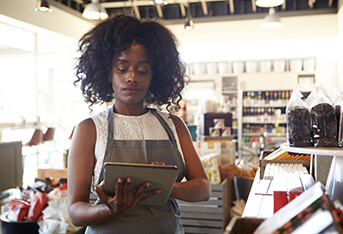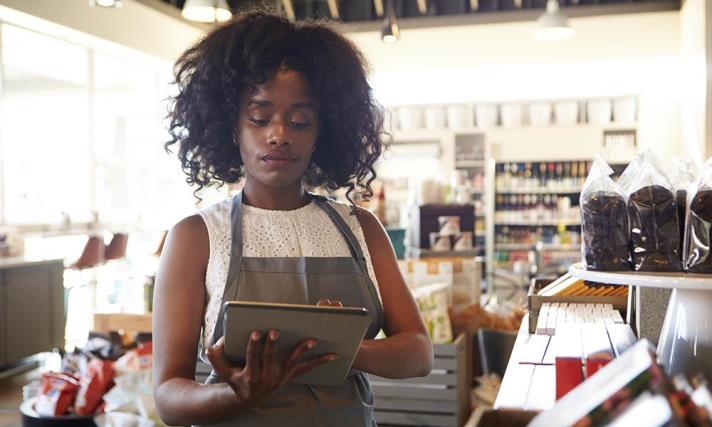The high street has been hit pretty hard by the advent of technology – footfall took a dip in numbers as customers flocked to the online world of retail. But it seems as though technology is beginning to show some love to the physical world now too, as data reveals weekly shopper numbers were up 40% for the high street in 2015. It’s further predicted that high street footfall will increase by 44% in 2018.
To explore how in-store technology has helped rekindle retail’s physical stores, QUIZ Clothing, who have enjoyed success in their wide range of party dresses sold both online and on the high street, have created the following article.
Bringing technology into stores
To begin with, technology brought a primarily internet-based update to the world of shopping, with less offered by the ways of in-store technologies. But, recent research still indicates that people value brick-and-mortar stores — in fact, 81% of UK customers said that the physical stores were vital to the shopping experience. So, when it comes to improving the high-street and implementing in-store technology, what should retailers be getting involved with?
In-store kiosks, which offer information via artificial intelligence, have proven popular with shoppers. However, not all retailers are getting on board — 66% of those surveyed in one study said that they were yet to encounter artificial intelligence in-store. Do retailers realise the huge potential of this type of technology? In fact, 60% of consumers are attracted to the idea of using them to find products that they weren’t aware of before. As an example, in QUIZ’s digital stores, an in-store kiosk enables visitors to browse the full collection (even if some products aren’t available in-store) and order them to their homes or local store.
Technology is a great asset for staff too, one that can be used to further help customers efficiently. One way to do this is by providing employees with handheld iPads or other smart tablets. This allows staff to find the answer to a query, check a product’s availability and place orders for the customer without having to use a fixed computer. This can improve the customer’s experience and help build a stronger brand-to-customer relationship.
Augmented reality is set to shake up technology as well, and retail is no exception. This can help the customer with their purchase decision and help them visualise themselves with the product. Although this can be made available through an app, there are also ways to introduce it in-store. In a fashion store
Brand loyalty and technology
Technology makes in-store experiences much more enjoyable and can even help secure further revisits. It’s possible that having in-store technology in a physical shop can make a brand more attractive to customers, and potentially a better option over competitors. Some retailers are recognising this too as one report suggested that 53% of retailers view investments in new
A brand can also benefit from in-store technology, as using up-to-date technology can connotate a brand’s upkeep in trends. One study revealed that 46% of those surveyed said that a positive experience due to well-functioning technology increases their brand confidence.
A glitch now and again
It’s not uncommon for technology to fail at the worst times, however! This can be frustrating and add time
It’s vital that in-store technology is a positive experience; as with any element of a visit, a bad experience can cost potential revisits. Retailers must keep software and technologies updates and well-maintained to avoid issues like this.
Be wary of using overly-complicated technology too. This could make people feel excluded too — in-store tech should be simple to use, and visitors should be accompanied when using it if it’s more complex.
In-store technology is a vital component to the modern retail experience. Although customers are happy to shop online, they also enjoy shopping as a leisure activity and appreciate an interactive experience when doing so.
Sources
https://www.pwc.com/gx/en/industries/retail-consumer/consumer-insights-survey.html
https://internetretailing.net/themes/themes/quiz-brings-digital-into-westfield-stratford-store-15243
https://www.fool.com/investing/2018/07/06/can-in-store-technology-slow-the-retail-apocalypse.aspx













